Gaillardia Seeds

- Free worldwide shipping on all orders over $100
- Delivers in: 3-7 Working Days Shipping & Return
🌻 What Are Gaillardia Seeds?
Gaillardia seeds grow into Gaillardia pulchella or blanket flowers—hardy, daisy-like blooms known for their bold colors and long flowering season. Native to North and South America, these drought-tolerant perennials or annuals are prized for their sunburst shades and ability to thrive in tough conditions.
1.🌿 Botanical Features
-
Seed Shape: Small, elongated, with bristly edges
-
Flower Colors: Red, orange, yellow, gold, maroon (often bicolored with vivid rings)
-
Flower Form: Single or semi-double daisy-like blooms
-
Plant Height: 12–24 inches
-
Foliage: Narrow, gray-green leaves
-
Germination: 10–20 days in warm, moist soil
-
Growth Habit: Upright and spreading
2.🍽️ Culinary Uses
Gaillardia is not used in culinary applications and is primarily ornamental.
⚠️ Note: While not toxic, it is not considered edible and should not be consumed.
3.🏥 Traditional Uses & Benefits
While gaillardia isn’t commonly used in modern herbal medicine, Native American traditions have historically valued the plant for:
-
Skin treatments: Poultices from flowers and roots
-
Cultural symbolism: Often associated with resilience and vitality
(These uses are more symbolic than pharmacological.)
4.🌱 Growing Gaillardia from Seed
Step-by-Step Guide:
-
Sow Indoors or Directly Outdoors:
-
Indoors: Start 6–8 weeks before last frost
-
Outdoors: After frost danger passes
-
Sow on surface or lightly cover with soil
-
Keep at 20–24°C (68–75°F)
-
-
Light & Moisture:
-
Requires sunlight for germination
-
Keep soil lightly moist until sprouting
-
-
Transplanting:
-
Space 12–18 inches apart in well-drained soil
-
Prefers full sun (6+ hours/day)
-
Tolerates poor soil and drought once established
-
-
Maintenance:
-
Deadhead spent flowers to prolong blooming
-
Cut back in late fall or allow to self-seed
-
Great for pollinator gardens—attracts bees and butterflies
-
🔍 Fun Fact
Gaillardia gets its name from 18th-century French magistrate M. Gaillard de Charentonneau, a patron of botany. Its vibrant, blanket-like coloring earned it the nickname “blanket flower”, resembling Native American woven textiles.
Your email address will not be published.


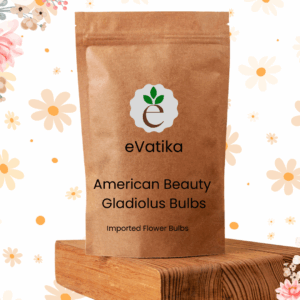

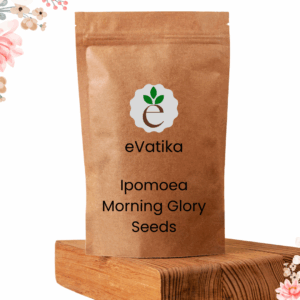
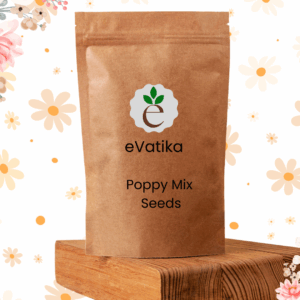
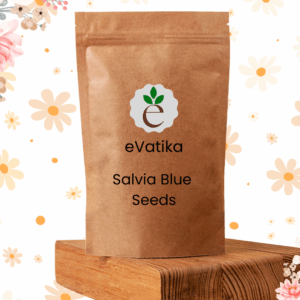
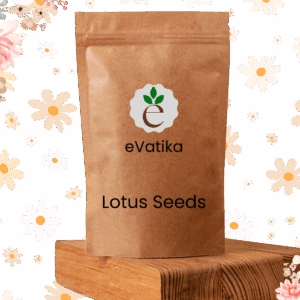
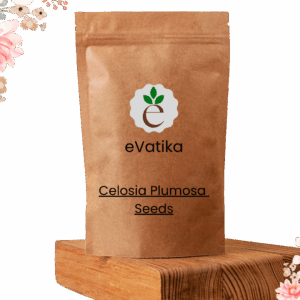
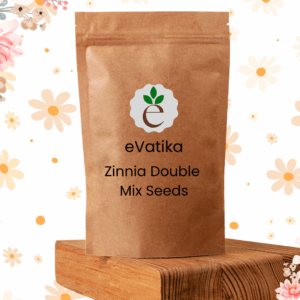
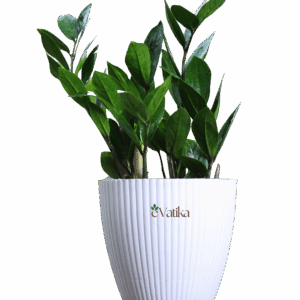
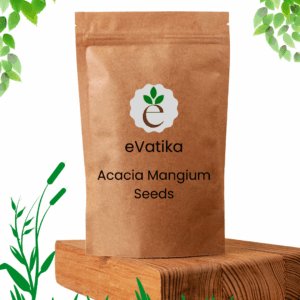
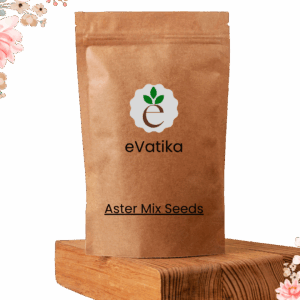
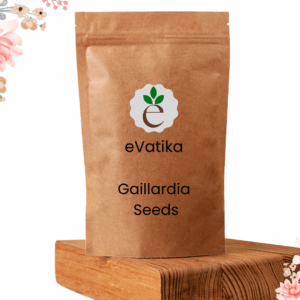
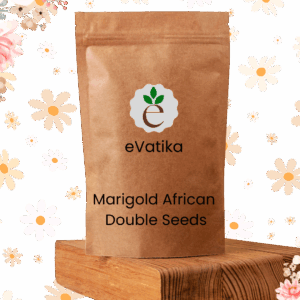
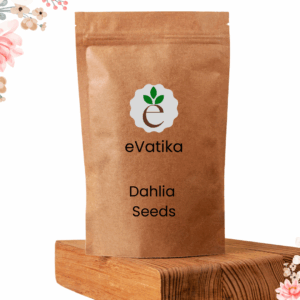
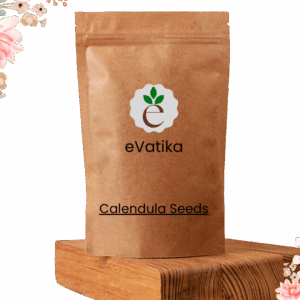
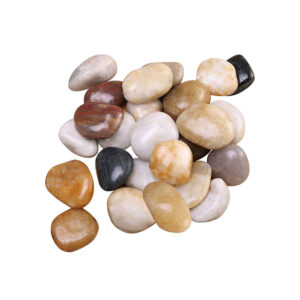
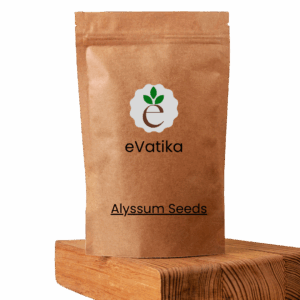
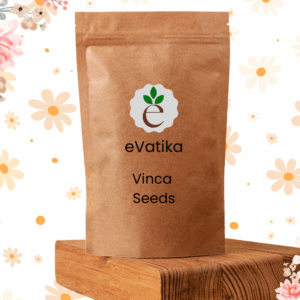
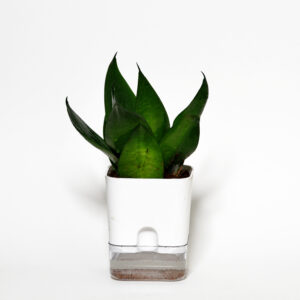
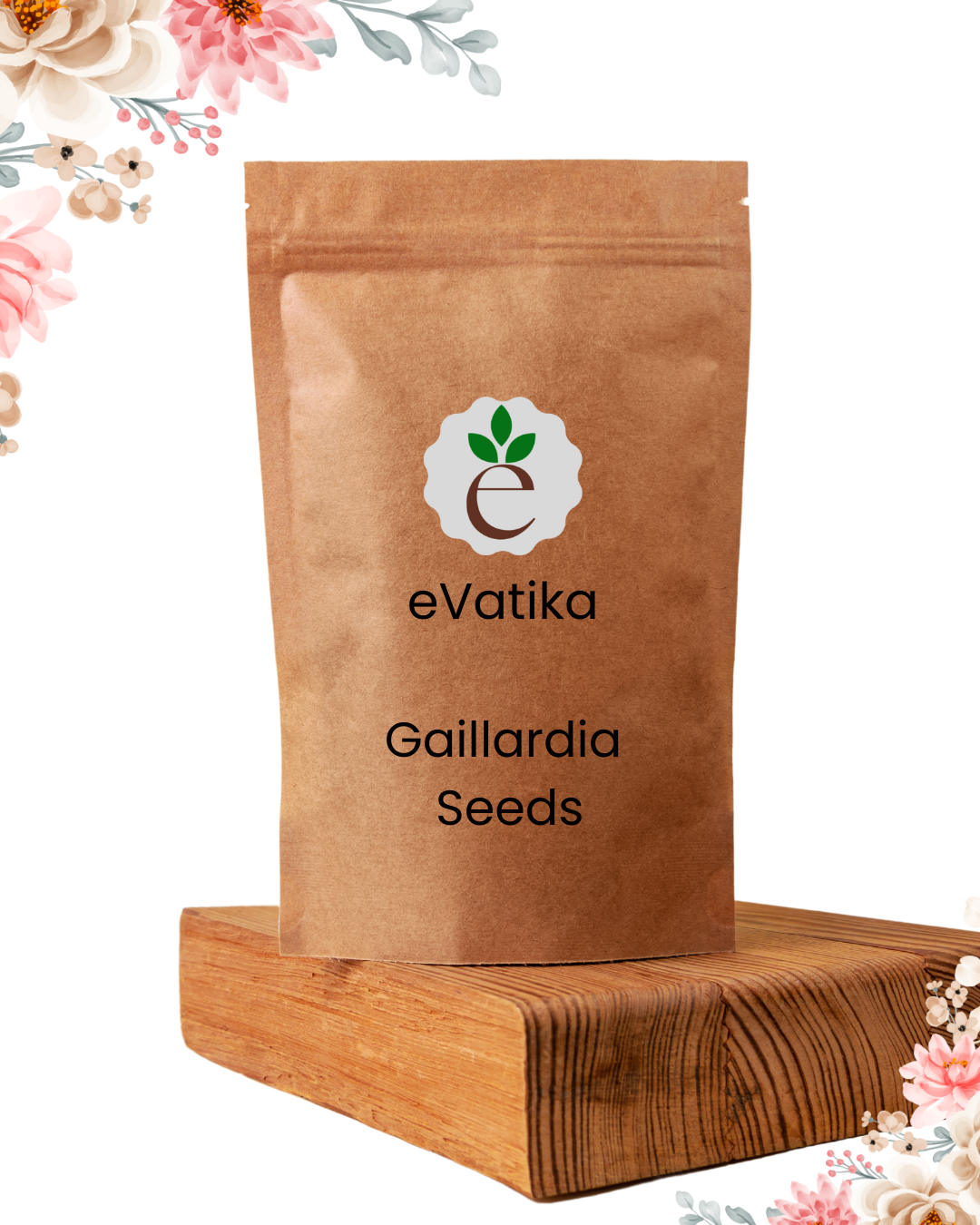
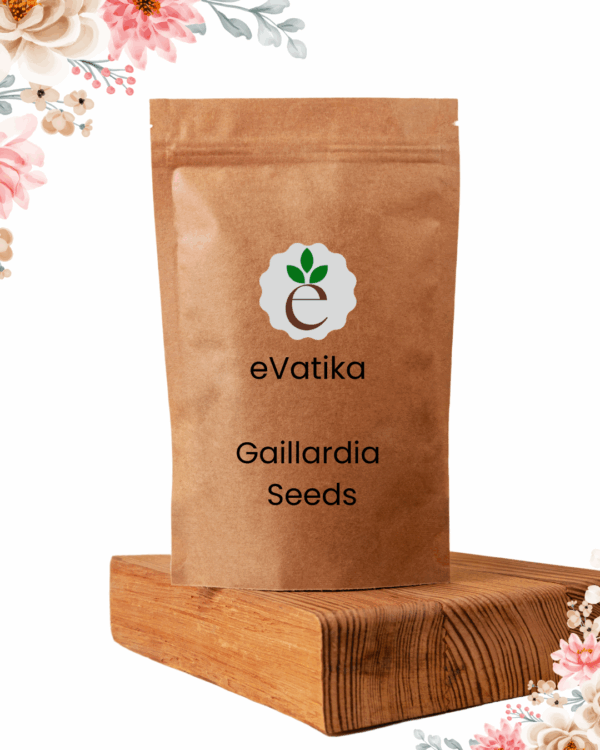
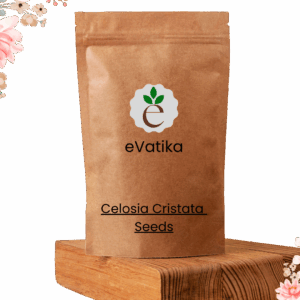
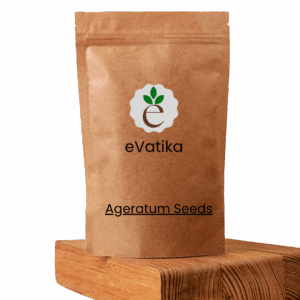
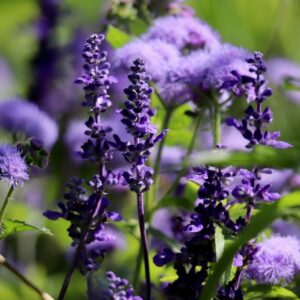

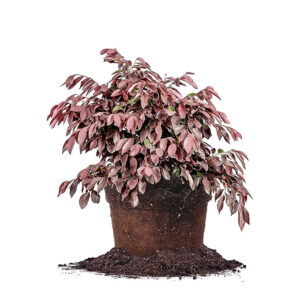
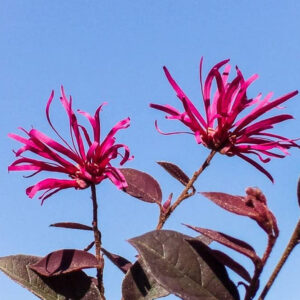
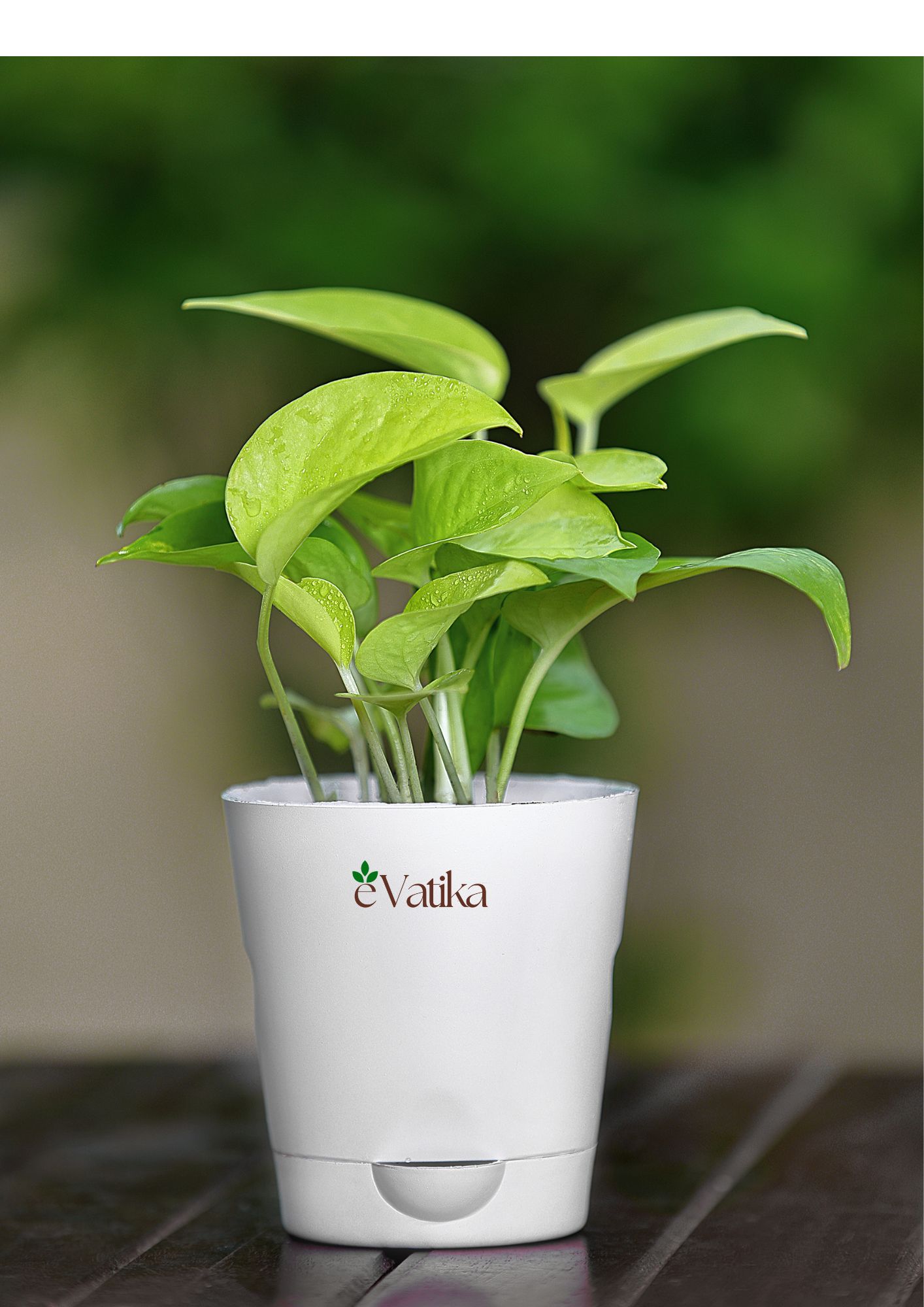


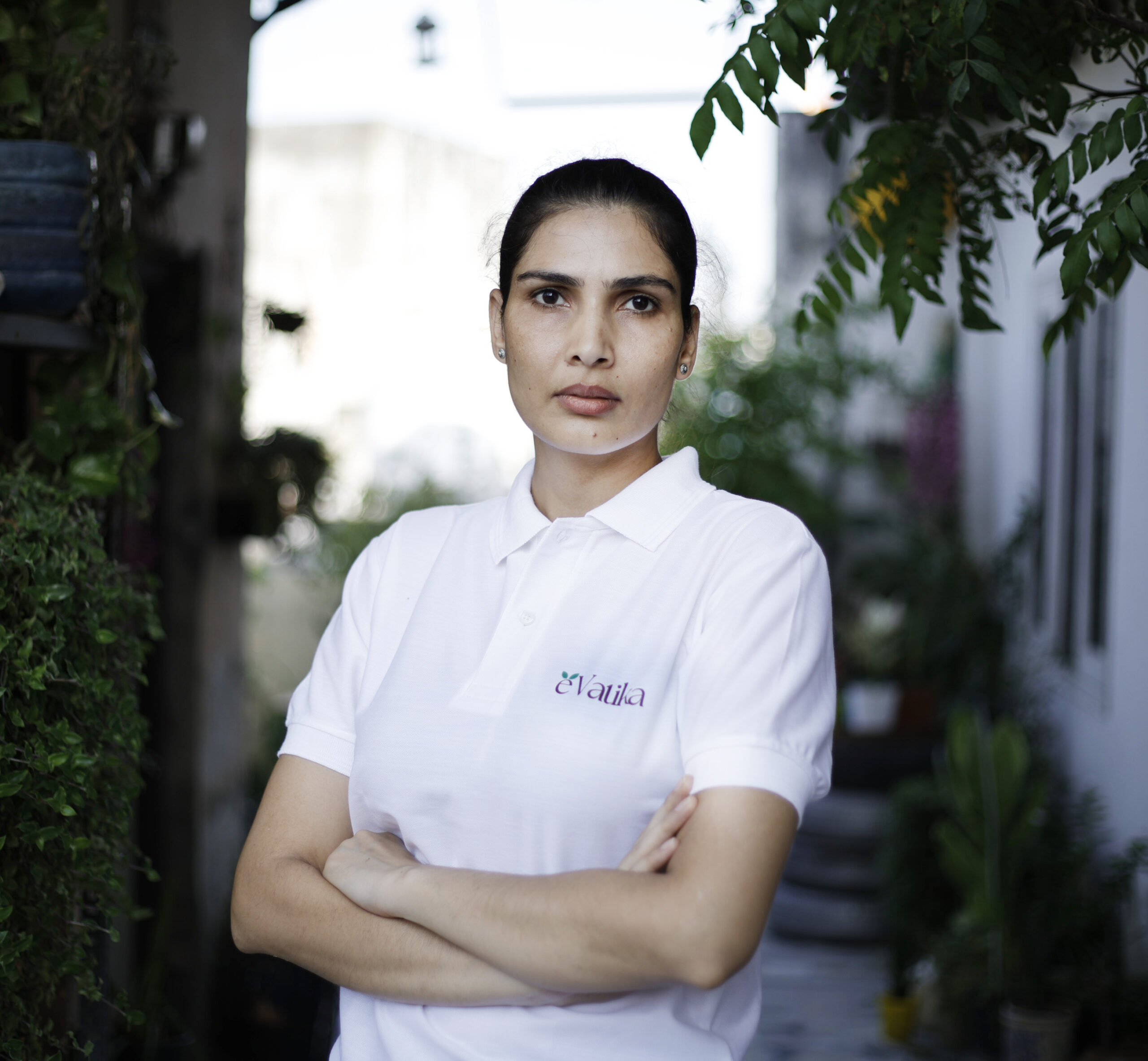


Reviews
There are no reviews yet.